Ageing is one of the facts of life that we can be absolutely certain of. In the time that you’ve taken to read these couple of sentences, you’ve aged by roughly 2 seconds! But getting older doesn’t mean that you must slow down or embrace an unhealthier version of yourself. In fact, as you age it’s perfectly possible for you to improve your fitness, and as for senior citizens, exercise for the elderly is to be encouraged.
A huge source of inspiration can be taken from the remarkable Dr. Charles Eugster. Describing himself as a ‘couch potato’ of 40 years, he only decided to take up bodybuilding and wakeboarding when he got to the age of 87! His philosophy is based around improving health and he’s an advocate of it never being too late to take up exercise. As he puts it on his website- “we’re told that old age is a continuous state of decline, and that we should stop working, slow down and prepare to die. I disagree”.
It’s a sound mantra, and there’s plenty of evidence to suggest that maintaining an active lifestyle is also a key factor in promoting mental wellbeing. The NHS state that physical activity can reduce the risk of stress, depression, dementia and Alzheimer’s, as well as providing a host of other health benefits.
The question then is how to get involved in sport, exercise, and fitness as an OAP? Firstly, depending on your circumstances, it's worth checking with your Doctor that engaging in strenuous activities is safe for you. Assuming that all is well, a good start is to consider advice from resources such as the NHS and Age UK.
Within reason, the vast majority of exercise and sports should be accessible, although it might be wise to consider all of your options before joining the local rugby club! The point is age does not need to be a limitation to your fitness, you can embrace sports and much more besides.
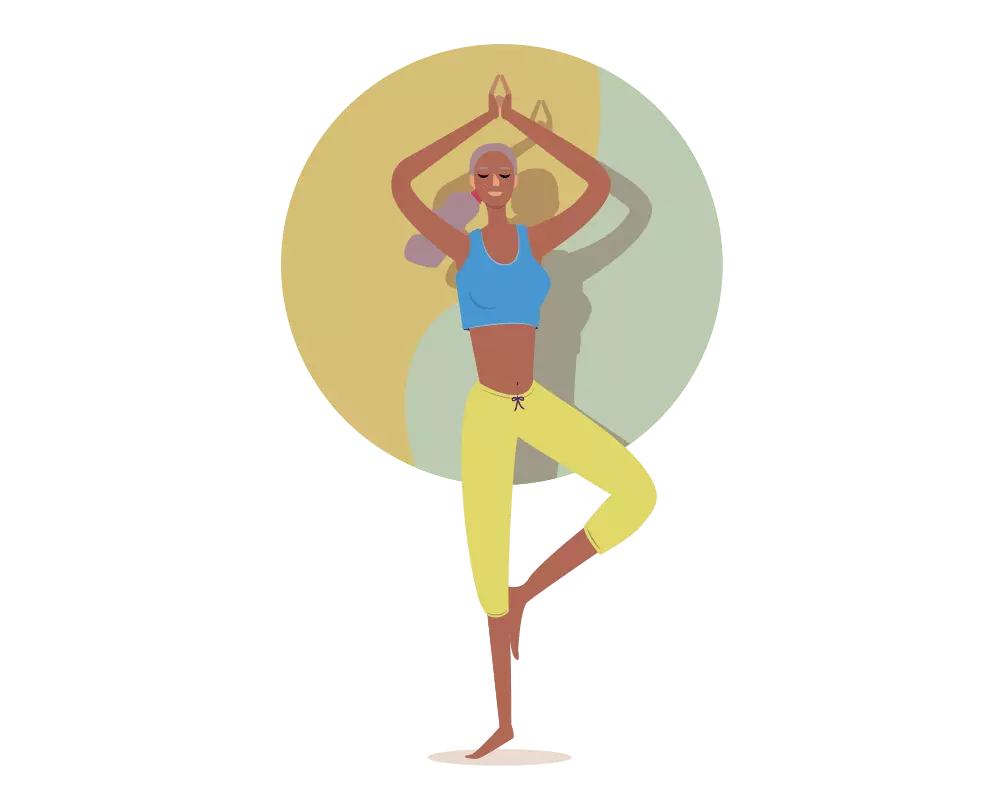
Aerobic & Strengthening Activities
There are several types of exercise classes that are regularly recommended for the older members of society:
(1) Pilates. For posture, circulation and balance.
(2) Tai Chi. For strength, balance and posture.
(3) Yoga (Viniyoga). For coordinating breathing with movement.
(4) Gyrotonic. A bit obscure, this is a form of yoga that is practised on a special piece of equipment, incorporating movements from swimming, yoga, dance, gymnastics and tai chi.
(5) Aquarobics. Aerobics within the swimming pool. A good option for minimising impact upon your body.
Of course, you don’t have to do any organised sports if that isn’t your thing, instead you can utilise everyday activities. For example:
-Going for a brisk walk/bike ride.
-Dancing, be it at home or in a class.
-Mowing the lawn/general gardening.
-Doing DIY
If these options remain too optimistic, there are still ways to exercise whilst remaining relatively sedentary. The NHS Choices site has an excellent guide on routines that you can follow in a sitting position, with the assistance of a chair, or simply as you stand.
On the other hand, if you’re willing or able to take on some more adventurous paths to better fitness, then get inspired by the following suggestions.
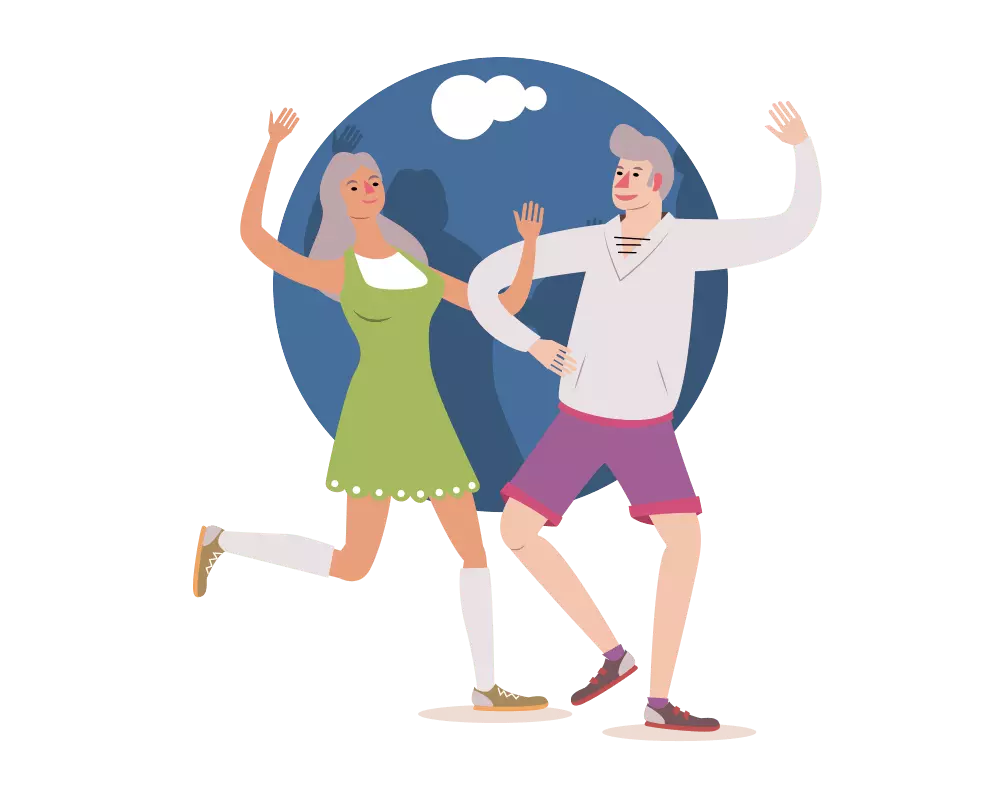
Walking Football Information
The 1st recorded session took place in 2011, thanks to the Chesterfield FC Community Trust. Since when the sport has grown to almost 800 clubs around the UK and you can now find forums for up to date details.
It’s generally aimed at the over 55s, and the rules are pretty similar to normal football, except for:
(1) The emphasis on having to walk (no jogging either).
(2) Keeping the ball below head height.
(3) Squads tend to be 5 to 7-a-side.
(4) No offsides
(5) Free kicks are indirect and throw-ins are replaced by kick-ins.
(6) No slide tackles.
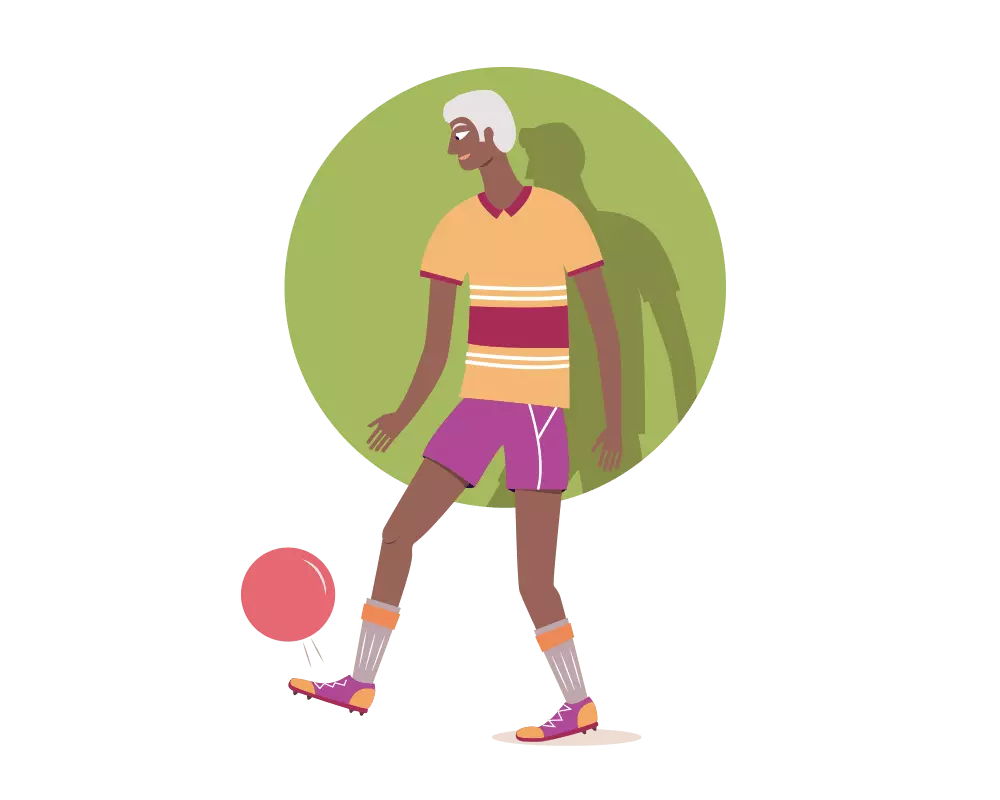
Swimming for the Elderly
This is an activity that always comes highly recommended. Mostly due to it being able to offer a thorough workout whilst being low impact on your body, with less risk of injury.
Several health benefits are attributed to regular swimming:
(1) Helps to improve the cardiovascular condition of your heart, along with blood pressure and circulation.
(2) Is a form of exercise that has practically no impact on your hips, knees and spine.
(3) Can improve bone mineral density (BMD), which helps to fight off osteoporosis. In addition, swimming can act as a respite for those with arthritis.
(4) Swimming can contribute towards better flexibility, namely in your hips, legs, arms and neck.
(5) As a resistance-based exercise, swimming can help to improve your muscle strength and tone.
(6) Swimming can be a good way of reducing stress and boosting your mood, and this can help your mental health.
Seniors Golf
It’s a bit of a cliché that golf tends to be played by professional footballers and people who have retired! Whilst that may be true, there are plenty of other demographics who enjoy a round, and it is good for you.
(1) To begin with, golf involves a fair bit of walking and the likelihood is that there will be plenty of pacing uphill and downhill too.
(2) If you can carry your clubs around the golf course, then that will give your muscles a further workout on top of the actual act of playing golf. Plus swinging a club strengthens your arms and core.
(3) Playing golf requires a fair amount of concentration and tactical thinking, and so it helps to keep your mind sharp.
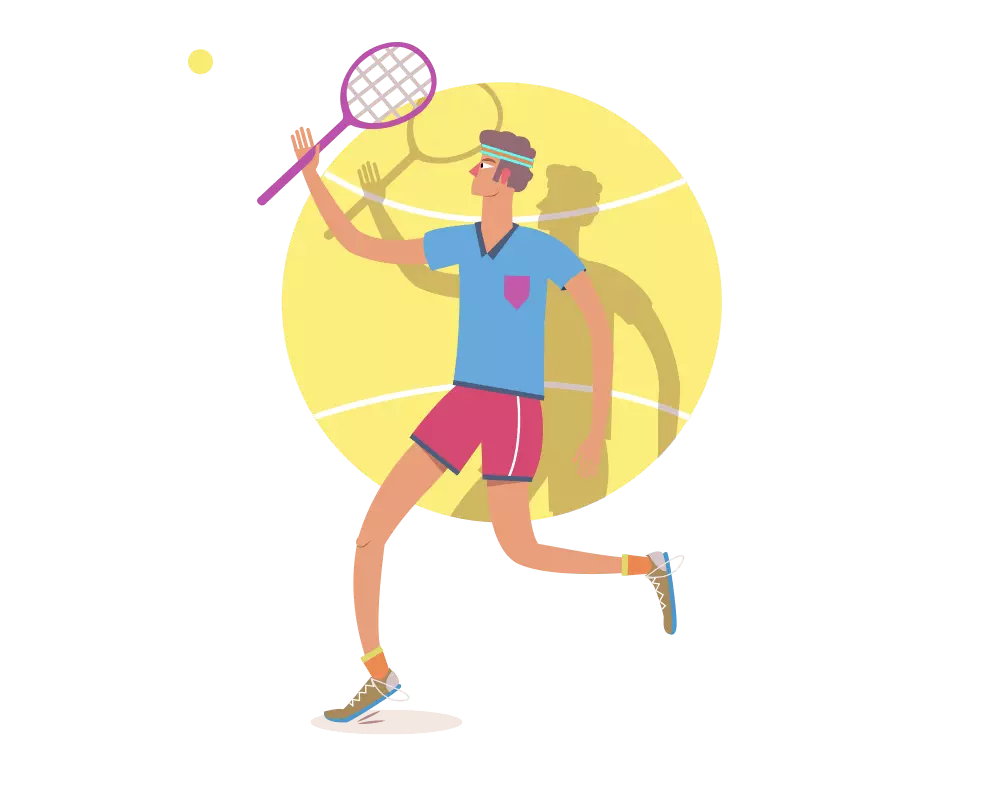
Seniors Tennis
Depending on your levels of fitness, tennis is a great option; you can either play singles for a more intensive workout or doubles for a less strenuous alternative. The health benefits can be summarised as follows:
(1) Can help to maintain a healthy heart by lowering high blood pressure, cholesterol and stress.
(2) It’s a sport that can enhance your levels of flexibility, coordination and balance.
(3) Encourages planning, tactical thinking and agility, which in turn means that you are boosting your brain power.
(4) As a weight-bearing exercise, playing tennis is another effective way of slowing down your rate of losing bone mass.
(5) If you do enough of it, tennis can be a great way of losing any excess fat.
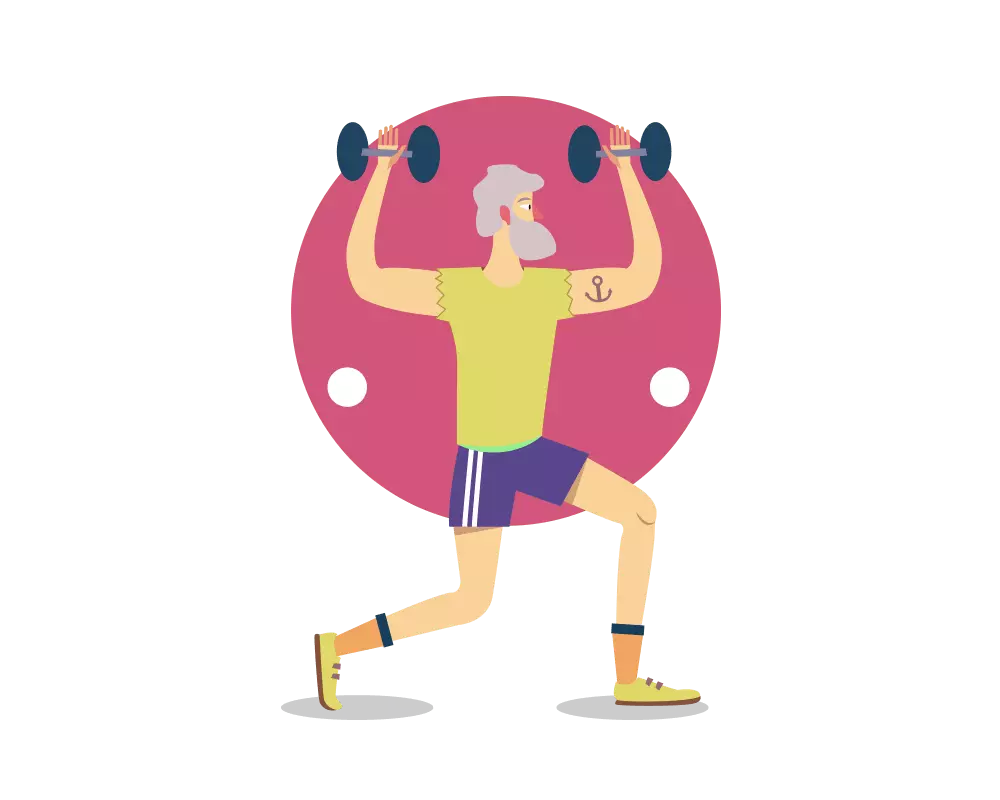
Weightlifting for the Elderly
Just because you’re retired, it doesn’t mean that you can’t pump iron! Weightlifting can be a high impact, resistance form of exercise, with varying degrees of strenuousness. So, before you take it up I’d advise seeking guidance from a professional, and medical advice from your Doctor.
As you get older it can be difficult to maintain your muscle. Once you’re in your 40s you begin to lose muscle mass, which in turn leads to fewer burned calories, weaker bones and a greater risk of breakages. Once you get over the age of 60 this process accelerates, and the more sedentary lifestyle you lead, the more your muscle declines and is replaced by fat.
The domino effect continues, because the more fat you are carrying the lower your metabolism tends to be. This leads to calories being slower to burn off and the inevitable weight gain and reduced fitness levels.
However, it doesn’t have to be this way, a weightlifting routine makes it possible to slow down these trends and to even increase muscle mass again, regardless of age. At this point it’s a good idea to check back in with Dr. Charles Eugster, to see how a man in his nineties can lift weights and significantly reduce muscle deterioration.
Unusual Elderly Exercise
For some people, classic forms of exercise are less attainable and they instead require a gentler approach to keeping fit:
(1) In Singapore, the government considered this and in 2015 they unveiled ‘RoboCoach’ as a part of their ‘Smart Nation’ scheme! People have, quite legitimately, noted that this might not be the most cost-effective way of getting the elderly to partake in exercise classes, but it’s certainly one way of grabbing headlines.
(2) I had no idea that ‘Senior Playgrounds’ are a thing. But it turns out that they’ve been slowly but surely growing in number across Asia, Europe and the USA since China introduced them in the mid-nineties.
It may initially sound a little funny, but the idea behind it is really simple and effective. Having an area for seniors to play not only encourages physical activity, it also offers the chance for socialising, mental stimulation and family cohesion.
(3) Rather less serious, but still in existence, is ‘Prancercise’. The idea is based upon mimicking the gait of a horse and moving in a rhythmic fashion with the addition of ankle weights.
You may have seen the founder, Joanna Rohrback, demonstrating her invention in a video that went viral back in 2013. It’s definitely worth watching, but be warned it quickly becomes hypnotically surreal!
(4) Never let age hold you back from learning self defence. Local krav maga studios are a great example of keeping fit, meeting some new like-minded friends and generally getting stuck into something that shows no age restrictions.

Final Thoughts
As you can see, exercising for the elderly is nothing untoward, but rather it’s a thriving movement and one that is highly recommended. There are options available for everyone, no matter how capable you are, so don’t allow doubt to cloud your judgement.
Don't forget about the basics either - health and recovery boosting activities around sport will help your physical form however old you are. Sports massages, personal training, physiotherapy and chiropractors are a great way of helping aid your recovery and keeping your body healthy, no matter the intensity of your workout.
We know that regular physical activity is a key precursor to maintaining, and indeed to improving your health. This should be enough motivation but you also need the inclination. We’ve covered how exercising can be a very sociable part of your life, and this also helps to alleviate any feelings of loneliness and isolation.
Exercise is known to increase the flow of oxygen to your brain and to release endorphins, which contribute towards mental sharpness and improved sense of well-being respectively.
And finally, you can’t discount plain old vanity and self-confidence. Now aged 97, Dr. Charles Eugster isn’t just focused on staying fit and breaking sprinting records, he’s also writing books on the subject and open to the idea of his beach body attracting a younger lady (in their 70s)! Ultimately you’re never too old to feel good about yourself, and if losing fat or gaining muscle is your way of doing that, you’ll be on the right path.
Other Useful Resources:
Physical Activity Guidelines for Older Adults
British Journal of Sports Medicine
Walking Football Sharing Resource
Find Your Local Walking Football Club